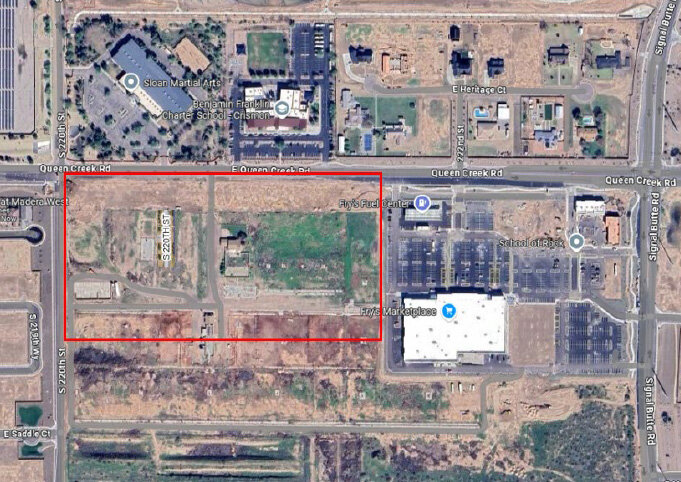
ELLIOTT D. POLLACK
& Company
FOR IMMEDIATE RELEASE
October 7, 2019
The Monday Morning Quarterback
A quick analysis of important economic data released over the last week
It was a whipsaw week. Early in the week, the ISM manufacturing index had the lowest reading since June 2009 and contracted for the second straight month. That’s not a good sign. While most manufacturing sectors were weak, the worst was in exports. Given the weakness in the rest of the world, there’s no surprise there. The index has given many false signals over the years. Yet, the negative result fit what is going on in the world so the stock market reacted negatively. Then, two days later, the employment figures for September were released. Even though they numbers were slightly less than expected, they, combined with the lower unemployment rate and a significant upward revision to the August numbers, were strong enough to suggest that the end of the world is not near. So, the stock market went up.
These two events illustrate how nervous about weakness in the economy the world is right now. Our read is that the numbers show that the economy is weakening but is not slipping into recession at the moment. It does, however, suggest another rate cut by the FED is probable later this month.
In other economic news. Initial unemployment claims data was encouraging, new orders for manufacturers’ goods were very slightly down, mortgage rates remain low, and construction spending was modestly down from last year. In Arizona, traffic at Sky Harbor continued to expand when compared to last year, retail sales continued to be strong and existing home prices in Greater Phoenix have remained stable over the past several months.
U.S. Snapshot:
The ISM Manufacturing Index contracted in September to its lowest level since June 2009. The index fell 1.3 points to 47.8. A year ago, the index stood at 59.5. Keep in mind that it is a diffusion index. Participants are asked if certain events have increased, decreased or stayed the same. Any reading under 50 signifies a contraction. This was the second reading under 50 in a row. This is not a good sign. But, keep in mind that while many areas showed weakness, it was exports that dropped the most. Also, keep in mind that the index has gone below 50 several times in the last 50 years without a recession soon following. But, it has turned negative before each recession over that period. Whether this is a true or false signal remains to be seen.
The U.S. imposed new tariffs on European goods after winning a case against Europe for their illegal subsidies to Airbus. The U.S. imposed tariffs on $7.5 billion of European goods on everything from Scotch whiskey to French wines. On the other hand, if you are a Barolo lover or need a fix of European Chocolate, you’re safe as they escaped the increased tariffs. Also, keep in mind that $7.5 billion is not a big number when you put it in perspective of about $200 billion worth of goods that we will import from Europe this year. Still a trade skirmish at this point.
The employment situation in the U.S. remained positive in September. While the 136,000 jobs reported was modestly under expectations, it was still a good report. In addition, the August numbers were revised upward by 38,000 to 168,000. Keep in mind that as the unemployment rate declines (it dropped from 3.7% in August to 3.5% in September) it is more difficult to get big gains as there are fewer qualified workers left in the pool. For the month, the largest gains were in educational and health services as well as professional and business services. The cyclical industries, manufacturing and construction, were flat for the month. All of this is consistent with an economy that is slowing but not contracting.
The ISM’s non-manufacturing Index dropped from 56.4 in August to 52.6 in September. While the index declined, any reading of 50 or more suggests that the non-manufacturing sector is still expanding.
Interest rates on 30-year fixed-rate mortgages were 3.65% for the week of October 3rd. This compares to 3.49% a month ago and 3.64% the week of September 26th.
Manufacturers’ new orders in August fell 0.1% from July and 1.9% from year-earlier levels.
Construction spending in August rose 0.1% from July and was 1.9% below year-earlier levels. This is consistent with a slowing economy.
Arizona Snapshot:
- Activity at Sky Harbor International Airport continued to grow in August. Year-over-year, the number of people who enplaned grew by 2.2% as did the number of those who deplaned. Thus, overall activity grew 2.2%.
- Retail sales in the state increased by 8.1% in July when compared to year earlier levels. In Maricopa County, retail sales grew by 6.8% over a year ago. These are strong rates of growth.
- According to the Cromford Report, September active listing in the Greater Phoenix MLS declined by 11.0% from September 2018. Resales were 13.0% higher this September compared to a year ago. Thus, the resale housing market in the Greater Phoenix area continues to tighten.
- According to RealData, the Greater Phoenix apartment market continues to tighten. Vacancy rates were 7.2% in the third quarter compared to 7.5% a year ago. Rents now stand a whopping 9.4% above year-earlier levels and were up 3.1% from the second quarter. Thus, the supply/demand imbalance in the apartment market continues despite an increase of 9,399 units in the marketplace over a year ago. That’s a 3.1% increase.
About EDPCo
Elliott D. Pollack & Company (EDPCo) offers a broad range of economic and real estate consulting services backed by one of the most comprehensive databases found in the nation. This information makes it possible for the firm to conduct economic forecasting, develop economic impact studies and prepare demographic analyses and forecasts. Econometric modeling and economic development analysis and planning are also part of our capabilities. EDPCo staff includes professionals with backgrounds in economics, urban planning, financial analysis, real estate development and government. These professionals serve a broad client base of both public and private sector entities that range from school districts and utility companies to law firms and real estate developers.
For more information, contact –
Elliott D. Pollack & company
7505 East Sixth Avenue, Suite 100
Scottsdale, Arizona 85251
480-423-9200









